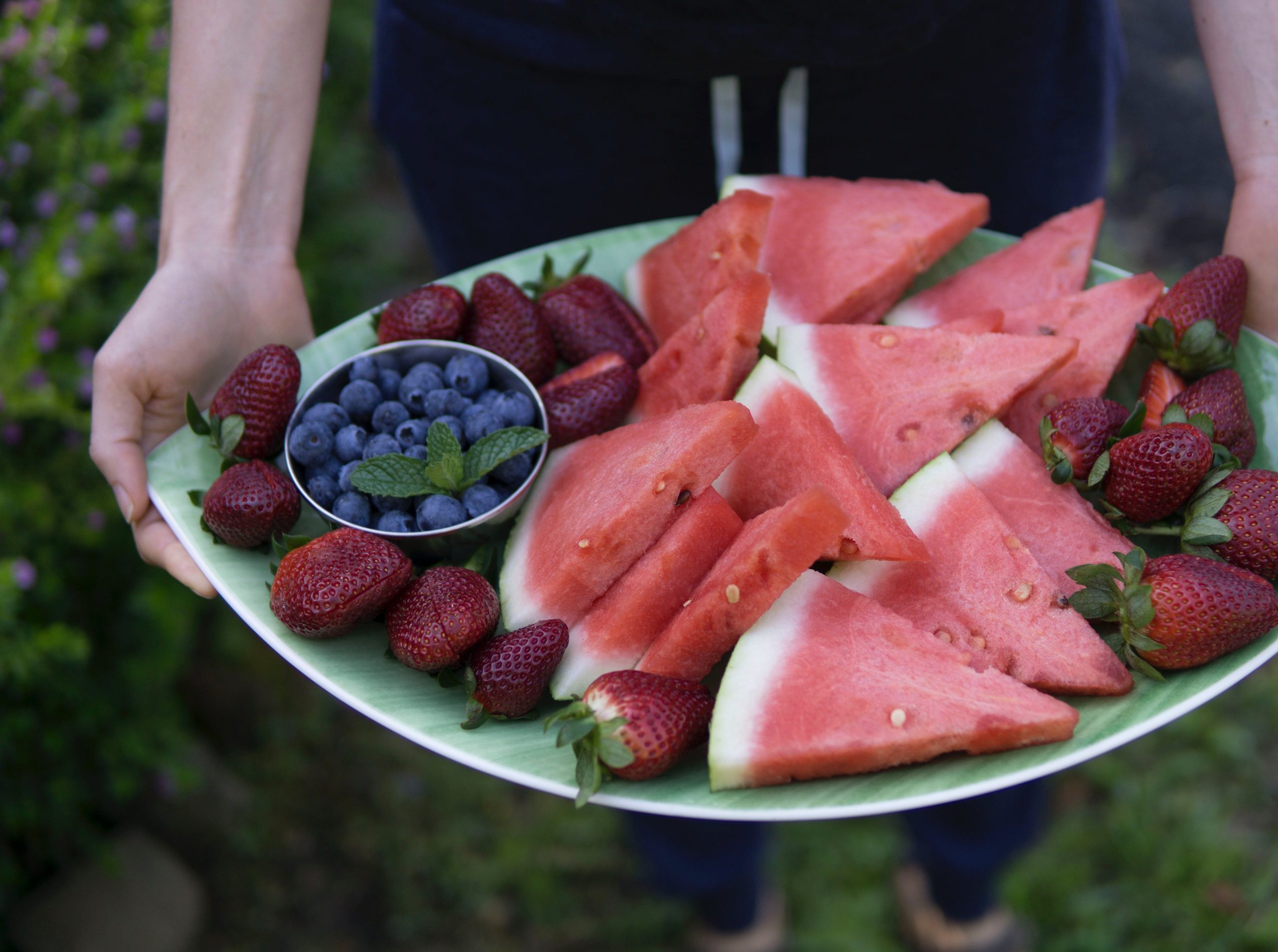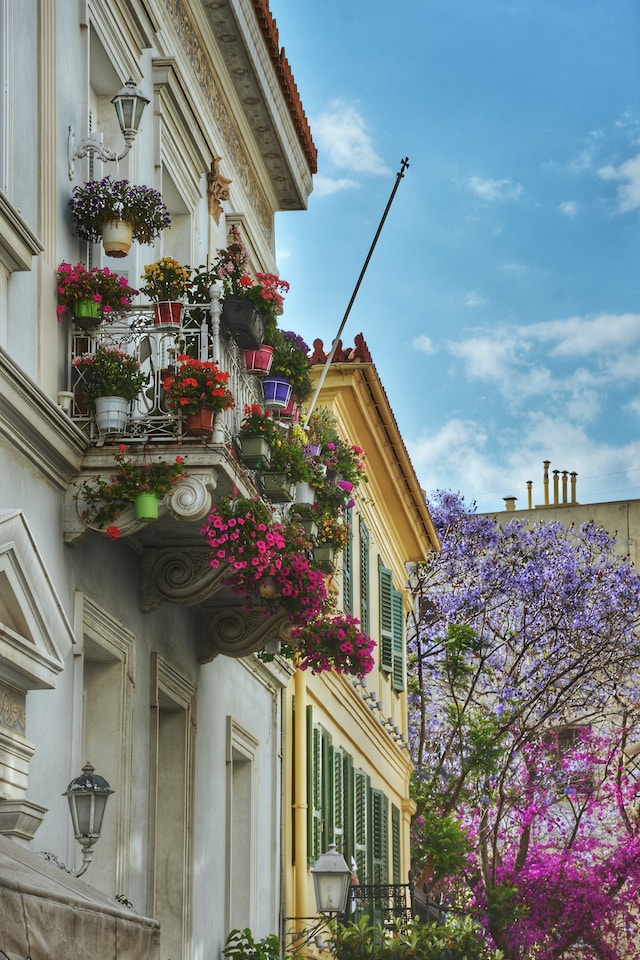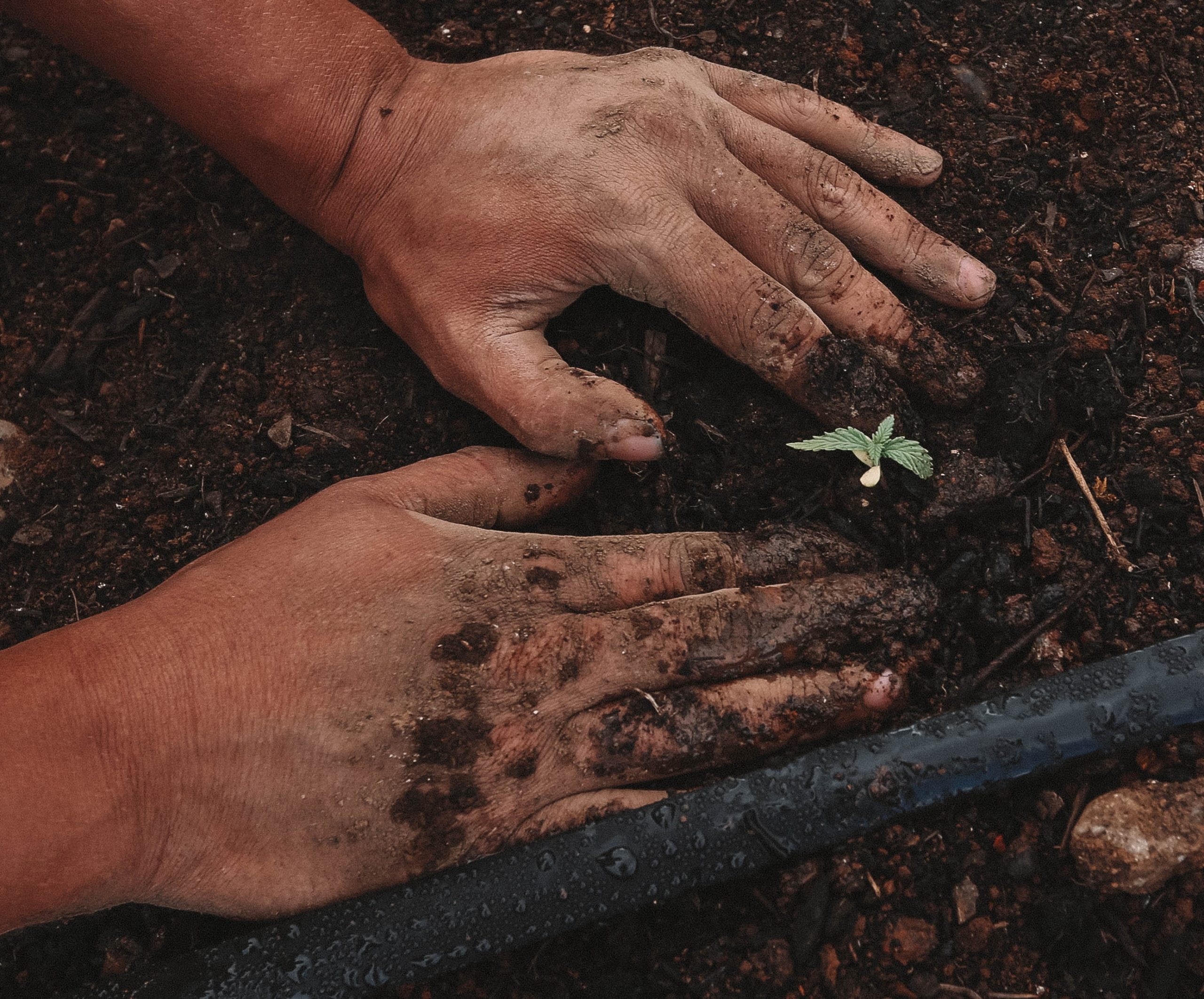Introduction
Starting a garden at home is rewarding. With the right sustainable gardening tips, even first-timers can grow lush, healthy plants in 2025. This guide covers soil care, water-saving techniques, composting basics, native plant selection, plant grows and organic pest control. You’ll learn simple, eco-friendly steps to make your garden thrive year-round. No fancy tools or big budgets needed—just easy methods and a little patience. By following these long term home gardening beginners tips, you’ll save resources, support local wildlife, and enjoy fresh veggies or blooms. Let’s dig in!
What Is Sustainable Gardening?
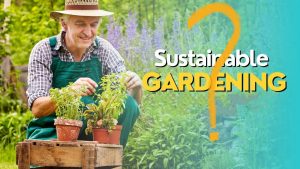
Sustainable gardening means growing plants in ways that protect the environment. It uses natural cycles and local resources, rather than chemicals or wasteful methods. Key goals include conserving water, improving soil health, supporting wildlife, and reducing pollution. A sustainable garden feeds your family, feeds the soil, and feeds the planet—all at once. For gardening 2025, sustainability is essential: it ensures gardens flourish despite climate changes and resource limits.
Top Sustainable Gardening Tips for Home Beginners 2025
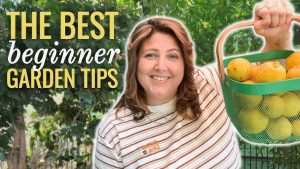
1. Soil Health and Composting Basics
Healthy plants need healthy soil. Start by testing pH with an easy kit. Most flowers and veggies prefer pH 6.0–7.0. Adjust soil with lime (to raise pH) or sulfur (to lower pH).
Build soil structure with composting basics: collect kitchen scraps—fruit peels, coffee grounds, veggie trimmings—and yard waste like leaves and grass clippings. Layer greens and browns in a bin, keep it moist, and turn it weekly. In a few months, you get rich compost. Mix compost into garden beds—an inch or two each year—to feed microbes and improve drainage.
Mulch beds with straw or wood chips to lock in moisture and suppress weeds. This organic layer breaks down over time, adding nutrients back to the soil.
2. Water-Saving Techniques for Home Gardens
Water is precious. Save it with smart methods:
- Drip Irrigation: Tubing delivers water slowly to roots, cutting waste.
- Rain Barrels: Collect runoff from roofs to water plants later.
- Mulching: A thick mulch layer reduces evaporation by up to 70%.
- Timing: Water in early morning or late evening to minimize loss to heat.
- Drought-Tolerant Plants: Choose natives and Mediterranean herbs that thrive on less water.
Group plants with similar needs in the same bed to avoid overwatering or underwatering. A simple moisture meter tells you when soil is dry.
3. Choosing Native Plants and Pollinator-Friendly Species
Native plants adapt to local climate and soil. They need less water and no fertilizer. Research your region’s native wildflowers, shrubs, and grasses. Examples: coneflowers, black-eyed Susans, and salvia in many U.S. zones.
Include pollinator-friendly species milkweed for monarchs, bee balm for bees, and butterfly weed for butterflies. These plants attract beneficial insects that help pollinate your veggies and flowers. A small patch of native wildflowers can turn your garden into a local wildlife hub.
4. Organic Pest Control and Plant Health
Healthy soil and plants resist pests naturally. Still, some critters appear. Use organic pest control:
- Neem Oil: A natural spray that disrupts insect hormones.
- Insecticidal Soap: Effective on soft-bodied insects like aphids.
- Companion Planting: Marigolds repel nematodes; basil deters flies.
- Physical Barriers: Row covers keep out caterpillars and beetles.
- Beneficial Insects: Ladybugs eat aphids; lacewings eat mites.
Inspect plants weekly. Early detection of holes or sticky residue helps you react before damage spreads.
5. Seasonal Care: Spring, Summer, Fall, Winter
Spring is time to prep beds: till, add compost, and sow seeds indoors for transplanting. Plant cool-season crops like lettuce and peas.
In summer, watch moisture closely. Mulch heavily and harvest veggies like tomatoes and peppers. Deadhead flowers to boost blooms.
Fall calls for planting garlic, cover crops like clover, and dividing perennials. Clear out spent plants to reduce pests.
Winter, maintain tools: sharpen pruners, oil handles, and plan next year’s garden. Indoor seedlings under grow lights get a head start for spring.
Tips for Keeping It Simple and Sustainable
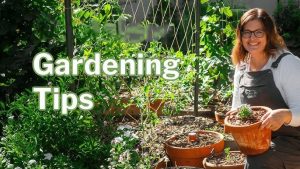
There are some tips for Keeping It Simple and Sustainable:
- Start small. A 4×4-foot raised bed or a few pots costs little and teaches basic skills quickly.
- Use scrap wood or recycled bricks for beds and paths. Salvage old containers for pots.
- Share seeds and plants with neighbors to expand variety without cost.
- Join a local gardening group for free workshops and plant swaps.
Future of Sustainable Gardening
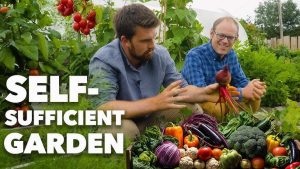
Looking ahead, sustainable gardening will continue to grow in popularity. As more people seek ways to live more sustainably, innovations like vertical farming, hydroponics, and urban gardening will make growing food in small spaces easier than ever. In 2025 and beyond, technology will play a bigger role in sustainable gardening, with smart irrigation systems, sensors for soil moisture, and apps to track plant growth and needs. Gardening will become even more accessible, as people embrace eco-friendly practices to produce their own food and contribute to a greener, more sustainable future.
Comparative Table: Comparing Watering Methods
| Method | Water Use | Maintenance Level | Best For |
|---|---|---|---|
| Hand Watering | Medium | High | Small beds, casual gardens |
| Drip Irrigation | Low | Medium | Vegetable rows, shrubs |
| Soaker Hoses | Low | Low | Flower beds, groundcovers |
| Sprinklers | High | Low | Lawns, large areas |
| Rain Barrels | Free water | Low | Supplemental watering |
Conclusion
With these sustainable gardening tips, home gardening beginners can create vibrant, eco-friendly spaces in 2025. Focus on soil health and composting basics, conserve water with drip systems and barrels, and choose native plant selection to support wildlife. Use organic pest control and practical office organization tips to streamline care. Whether you have a large yard or a tiny balcony, simple steps like container gardening using plastic pots and seasonal routines help your garden thrive. Start small, plan wisely, and grow green for a healthier planet and home.
Call to Action
Ready to dig in? Download our free sustainable gardening planner and start your green journey today!







